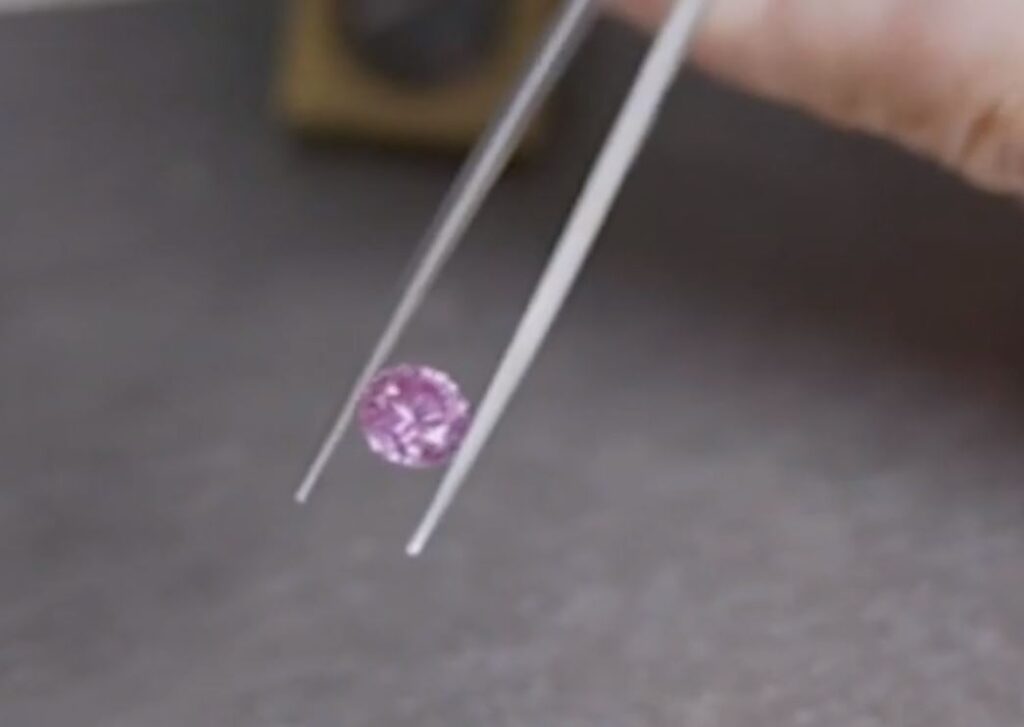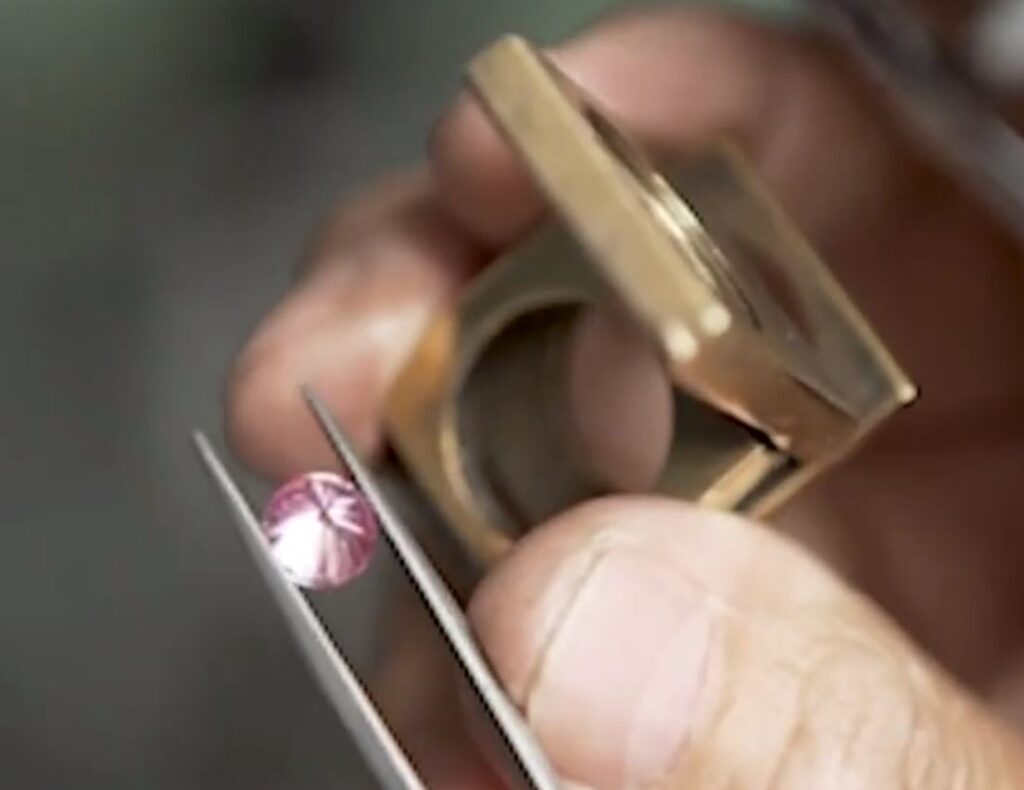Assessing the authenticity and quality of diamonds is a multi-step task that can only be performed by a specially trained appraiser (gemologist) using precision equipment. Not all pawnshops have such specialists, and if you want to sell or lend diamond jewelry, you need to look for a pawn shop that offers a gemstone appraisal service.
At the pawnshop, you must provide a passport of a citizen of the Federation or a foreign passport with a translation. The pawnshop accepts both certified and non-certified diamond jewelry. But if you want to profitably sell a branded jewelry, the availability of documents and branded packaging will increase its value.
How diamonds are valued at a pawnshop

Pawnshops evaluate precious stones according to the 4C international system, which takes into account four parameters:
1. Carat weight – Carat size
The weight of a diamond is measured in carats: 1 carat = 0.2 grams. There are three size and weight groups:
- large diamonds – from 1 carat,
- medium – 0.3-0.99,
- small – 0.01-0.29 carats.
To determine the weight of diamonds, carat scales are used with an accuracy of hundredths of a gram, or a 10-fold magnifying glass with a scale and a Leverage device, which measure the size of a diamond with an accuracy of tenths of a millimeter, after which the weight of the stone is calculated using the formula.
2. Color – Color
The most valuable diamonds are colorless, as they have a minimum of impurities that affect the hue. Diamond shades range from 1 (bluish white) to 9 (cognac). The evaluator determines the color of the diamond visually without using a magnifying glass and under a magnifying glass, comparing it with a set of standards. For a more accurate assessment, the pawnshop uses tools that do not give glare inside the stone:
- the background is sheets of standard white paper or plastic;
- the stone is illuminated by a white light gemological lamp without blue and yellow tint;
- even the body of the magnifier and the color of the metal of the tweezers are false to be black or gray.
3. Cleanliness – Clarity

The clarity for a diamond, like a purity for gold, is the main indicator of value. The best diamonds are free from cracks, bubbles, and impurities.
The assessment of purity is carried out according to the technical requirements of the Federation (GOST) using special tables. There are 12 levels of clarity: from absolutely pure diamonds to stones with a large number of inclusions. Diamonds of the first and second clarity are extremely rare in nature and are much more expensive than others. Stones below 8 clarity do not always have an attractive play of facets and may lose the standard diamond hardness.
4. Cut – Cut
Cut quality is determined by the proportions, symmetry, and polish of the diamond. The beauty of the stone directly depends on the skill of the cutter, since the correctness and accuracy of the cut affect the refraction of light and the brilliance of the diamond. The poor cut is evidenced by a dull stone with irregular facets and a poor proportion of the top of the diamond relative to the bottom. Diamonds are divided into four categories: from A (the highest) to G. Cutting is evaluated according to the geometric parameters specified in specialized documents.
How the authenticity of a diamond is determined
When evaluating a diamond according to the 4C system, the evaluator can calculate an imitation, that is, a mineral that only looks like a diamond in appearance:
- The weight of a diamond is 50% less than the weight of zircons and cubic zirconia.
- Clarity above group 1 is often a sign of counterfeiting: diamonds, as a rule, have defects, albeit minimal ones.
- The overwhelming majority of the cut of a diamond compares favorably with the cut of imitation stones.
- By ultraviolet radiation, it is possible to recognize the options for the refinement of diamonds and indirectly diagnose the synthetic origin of diamonds.
The verification of the authenticity of the stone is carried out on special devices that determine the thermal conductivity and features of light refraction.
How gold with diamonds is valued at a pawnshop

It is better to hand over a gold ring with a diamond to a pawnshop, where an expert assessment of precious stones is carried out, otherwise the jewelry will be evaluated only by the weight and fineness of gold, excluding the cost of the diamond.
When determining the cost of jewelry, take into account:
- fineness and weight of gold,
- cut, clarity, color, and carat of a diamond,
- way of fixing the stone,
- wear of the product,
- decoration design,
- brand.
Professional equipment allows you to check a diamond without removing it from the product.
Another article on this blog that might interests you:
